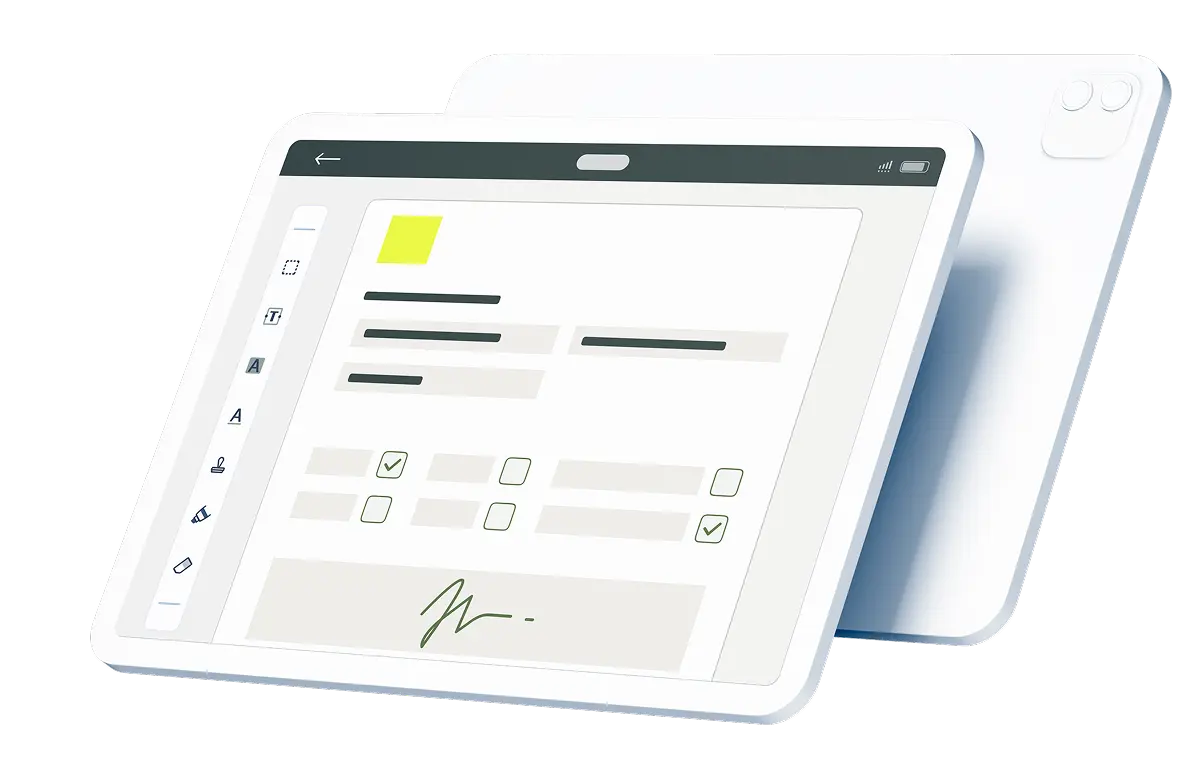Workplace safety is one of the most important concerns for any organization. This is especially true for businesses with inherent risks, such as construction sites or industrial plants. Site induction is a process used to make sure that new team members are ready to work in a safe and productive manner. With a site safety induction checklist, you can keep your process organized and orderly.
Contents:
What Is a Site Safety Induction Checklist?
A site induction checklist is a document defining all tasks necessary for ensuring that a new worker is fully familiar with all procedural and safety aspects of a job. Typically, this is used by human resources teams when bringing an employee or contractors onboard.
The list should be a well-detailed rundown of the training and activities that are necessary at the start of employment. In particular, an induction checklist focuses on the tasks to be completed by the new team member rather than tasks completed on his or her behalf (such as paperwork).
Although there are other types of induction checklists, many are focused on safety. It is a common type of document for organizations with manual labor components, such as construction sites or industrial facilities. In other words, if familiarity with safety protocols is of paramount importance, it is a good idea to have an induction checklist.
You can work from a site induction checklist template or create one from scratch. In either case, it is important to customize the document and process to match the unique needs of your organization and site.
What are the Benefits of a Site Induction Checklist?
By using a site induction checklist, you can run a more orderly onboarding process for new employees and contractors. These are some of the key benefits:
- Speed: A checklist can also help to make the process happen more efficiently. When you are highly organized, there is less downtime necessary to complete the onboarding process, which also reduces costs spent on hours training.
- Organization: There is a lot to do when bringing in someone to work on your site. Frankly, it is easy to miss an important step if you don’t have an organized and regimented system. An induction checklist is the simplest and most effective way to ensure that the process remains organized.
- Comprehensiveness: In a similar vein, having a checklist will help to ensure that the induction process is comprehensive. This can be a matter of safety. If you use a checklist, you can be confident that every team member knows all the necessary procedural and safety information.
- Consistency: Covering the same content in a different manner or order for every new employee can lead to confusion between team members. Having a checklist is a good way to ensure consistency in onboarding. It can also help you to identify any dependencies. For example, if you need to show how to use equipment, the relevant safety training needs to come first.
- Compliance: There are many aspects of site induction that are regulated by law. OSHA and similar institutions require certain types of training. Simply put, these can’t miss steps or be done improperly. Staying organized to ensure your compliance with relevant rules and laws is essential.
How Can Construction Site Induction Software Help?
The right construction field software can help to make document workflows much simpler. For a site induction checklist, you can simplify the paperwork necessary for the onboarding process.
As a new team member or contractor comes on board, the HR professional, management, and any other relevant team members can pull up the checklist digitally. Each step can be checked off as the process continues. Corresponding documents, such as training materials, can be directly linked in the software, helping to keep everything organized and available with the tap of a button.
Once the process is done, the necessary paperwork along with the checklist can be digitally filed automatically. Having a strong, software-supported document workflow can make the site induction process simpler for everyone.
Better yet, doing things digitally means that there is no physical paperwork to be misplaced or incorrectly completed. Additionally, it cuts down on paper usage — a plus for any organization that is concerned about reducing environmental impact.
What Should Be Included on a Site Induction Checklist?
Making a site safety induction checklist requires carefully thinking through all the information that someone new to the site would need to know. The following are a few examples:
- Site safety procedures
- Control measures used to mitigate construction risks
- Incident reporting rules
- Emergency and evacuation procedures
- Hazards and risks that are unique to the site
- Safety documents and policies
- Worksite layout, including exits and entries
- Job-related rules and policies
It may be helpful to use a construction site induction form template to get started. This will help you to ensure that your list is as comprehensive as possible.
Your checklist should be part of a process for site induction. That process should be planned with a specific time allotted for completing the checklist. Additionally, it is helpful to plan for questions during the induction.
Ultimately, the goal of the process and the document is to ensure that the person being inducted knows the ins and outs of the site. It is a key part of imporving workplace safety.
Improve Your Document Workflows With Fluix
Document workflows are at the heart of many business processes. For site safety, having an appropriate induction checklist is a must. As described above, this is the easiest and most effective when you have the right software supporting the workflow.
Fluix is a workflow automation tool that makes handling processes such as site induction easier. You can keep all your documentation organized and easily accessible. Plus, Fluix is very easy for people to use in the field, including during hands-on training.

